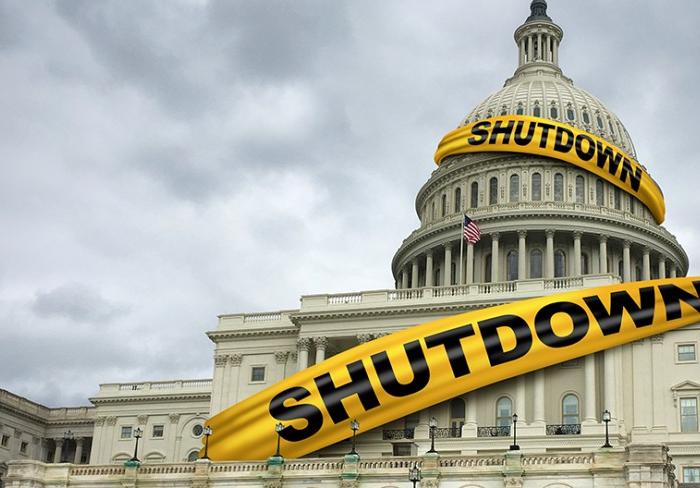Mexico´s central bank reduced its benchmark lending rate for a second time in as many months to help jumpstart the economy.
The Bank of Mexico cut the overnight rate to 9.25 percent from 9.50 percent after a reduction of 0.25 percentage point last month. In a statement, the board led by Governor Guillermo Ortiz said economic growth was slowing, particularly in industrial output, and the inflation outlook had improved.
Venezuela´s central bank transferred $3 billion of its international reserves to a fund controlled by President Hugo Chavez for government spending projects.
The government has earmarked $984 million of the fund for transportation infrastructure projects, such as expanding the subway system in Caracas and building a train to connect Caracas to its southern suburbs, Chavez said.
The Argentine economy expanded 10.1 percent in the second quarter of 2005 compared to the same period a year ago, the highest since the first quarter of 2004, spurred by investment and private consumption.
According to a release earlier this week from the Ministry of Economy, the second quarter expanded 2.4 percent over the first quarter, piling up a 9.1 percent first-half growth. The surge of the Argentine economy was above market expectations which forecasted a 8.8 percent expansion in the second quarter of the year.
Stagnant growth, higher costs, rising inflation, double-digit unemployment, reduced incomes, the threat of salary cuts and massive layoffs, and loss of confidence are putting Puerto Rico´s economy against the ropes.
The cost of living and doing business in Puerto Rico are literally going through the roof and threatening to only get worse off. The price of gasoline, water, electricity, food, medicine, tolls, and everything is on the rise.
One year after Hurricane Ivan hit Grenada, the Eastern Caribbean island has experienced remarkable improvements as sustained efforts to rebuild the tourism industry bear fruits. As normalcy returns the following points put Grenada´s present status in relevant context.
Improvements are being made to all aspects of Grenada´s tourism product. Evidence of recovery is therefore visible everywhere. For instance, work continues on the restoration of the Grand Etang Welcome Centre, the Belmont Estate, the Bon Accord facility and the refurbishment of the Leapers Hill attraction.
Because the old New Orleans is no more, it could resurrect itself as the great new American city of the 21st century. Or as an impoverished tourist trap.
Founded by the French in 1718, site of the first U.S. mint in the Western United States, this one-time pride of the South, this one-time queen of the Gulf Coast had been declining for decades, slowly becoming an antiquated museum.










